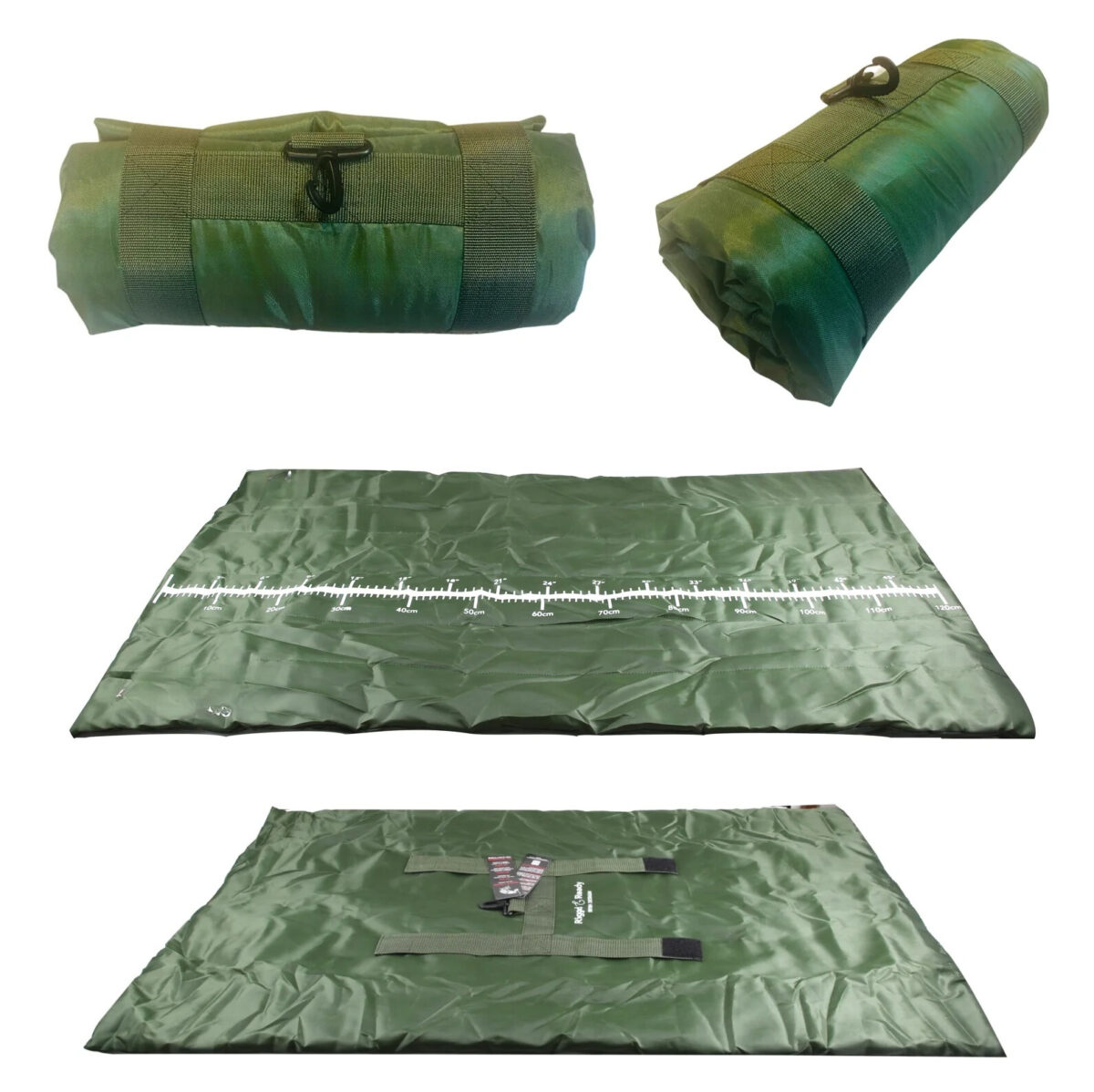
Unhooking mats are integral to fishing; a fishing lover knows precisely why. Fishes have a mucous layer called the “slime coat” over their entire body. This is exactly why fishes are slippery to the touch. However, this slime coat is not just to escape the grip of predators but is their number one defence against diseases and parasites. Unfortunately, this layer of protection is easily susceptible to damage. So, they risk damaging this protective layer whenever an angler drops or puts a fish on the ground. Also, keeping a fish out of water for too long can affect this coat. This is where unhooking mats step in.
Unhooking mats are cushioned mats that are less irritating to the fish. These fishing mats are generally made from foam covered with a soft and waterproof material, which is used to prevent injuries to the fish while they are on the bank. Unhooking mats are used for many species and come in different sizes and styles. This guide will cover how and when to use unhooking mats and their various kinds.
How To Use Unhooking Mats
In addition to setting the unhooking mat down, it’s crucial to ensure water is poured upon it. Putting everything you’ll need together for the unhooking and photo step is also good practice. The fish won’t stay out of the water for longer than necessary if the scales, sling, and bucket of water are placed close to the mat. Additionally, while the fish is in a cradle or on a mat, it’s a good idea to pour water over it on warmer days continuously. It’s also advisable to clean the fishing mat in between sessions. This lessens the bacteria and odour on the mat. Furthermore, some fisheries will provide a mat or cradle to stop diseases from being transferred to the fish from other fisheries.
When to Use an Unhooking Mat
Although they are also used in coarse fishing, carp anglers are the ones who utilise unhooking mats the most. Since little species like roaches and perches are much easier to handle, they are usually unused. However, fish of medium to big size, such as zander and pike, can be challenging to handle and can provide challenges throughout the unhooking process. Large carp are typically kept off the ground using cradles rather than mats, providing greater protection.
Many anglers use the mat for photography in addition to unhooking fish. Most fisheries have this restriction to stop anglers from inadvertently dropping fish. Moreover, the mat might also help determine the length of the fish.
Different Types of Unhooking Mats
Specimen Mat: A standard specimen mat is the most popular type of fishing mat used in coarse fishing. The least expensive kind of mat is this one, which is usually used for tiny fish. Also, these mats are excellent for transportation because they can typically be folded up.
Beanie Style: The Beanie style is an additional variety of unhooking mats. These are typically a little more costly but are typically bigger and have more cushioning. Beanie mats are thin and have Velcro straps that can be folded in half.
Cradle: Carp anglers primarily target huge species using the cradle. The fish can remain undamaged and receive maximum protection and cushioning from cradles. Fish fallout is less likely with cradle designs that are slightly elevated from the ground and feature a central scoop.
Crib: Cribs are designed similarly to standard fishing mats. However, they have added walls. Because the cribs are floatable and lightweight, fish can be securely moved from the crib into the water.
Conclusion
From all the things discussed above, we can conclude that unhooking mats is essential for preventing any damage to your catch so that you can safely release it once you’re done taking photos and weighing it. Also, using it is very easy even for a beginner who is using a fishing tackle, so that it won’t come between you and an enjoyable fishing time.
Find more general article through click this:
